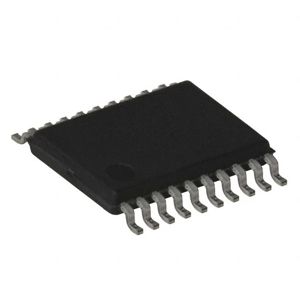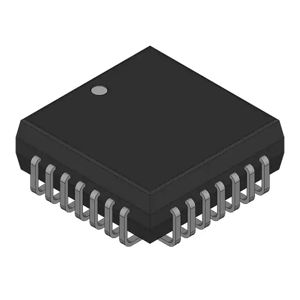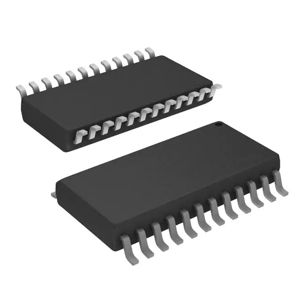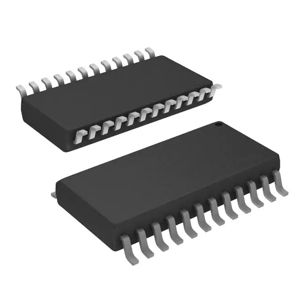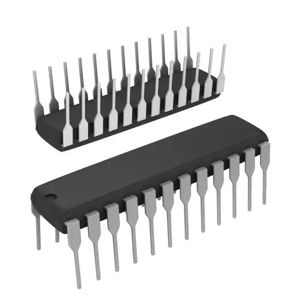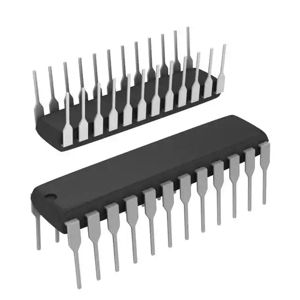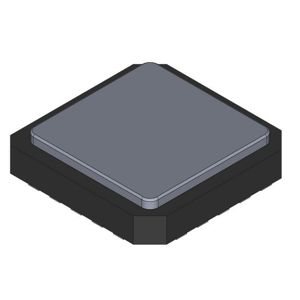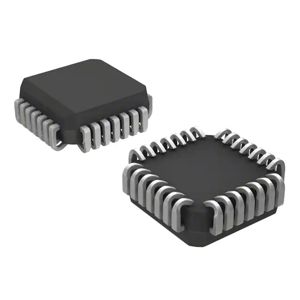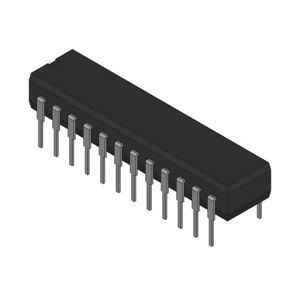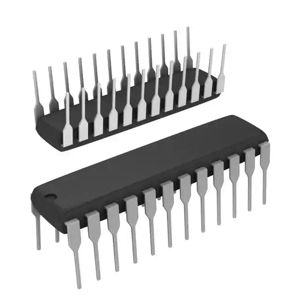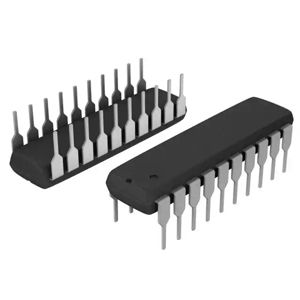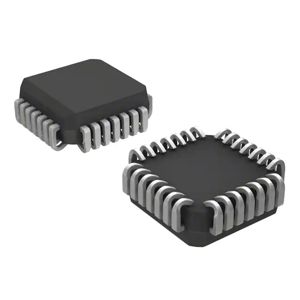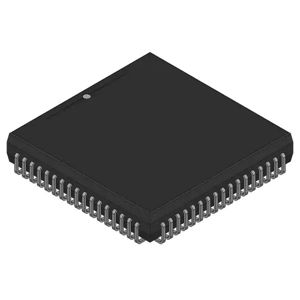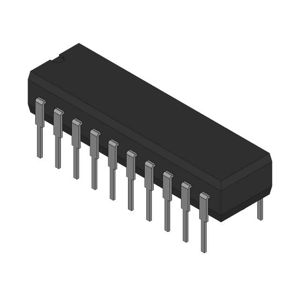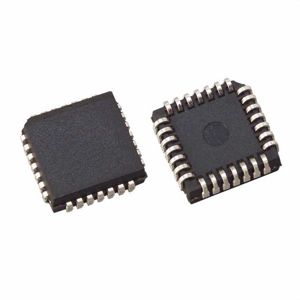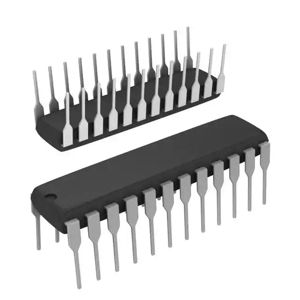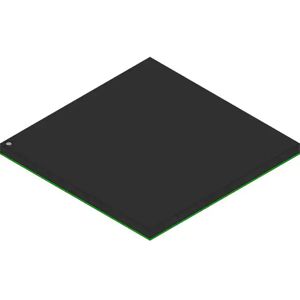
Embedded - PLDs (Programmable Logic Device)
Embedded - PLDs (Programmable Logic Device) - Category Overview
1. Definition of Embedded - PLDs (Programmable Logic Device)
Programmable Logic Devices (PLDs) are a specialized category of Integrated Circuits (ICs) designed to provide flexible digital logic functionality. Unlike fixed-function ICs, PLDs can be programmed and reprogrammed to perform custom logic operations, making them ideal for prototyping, system development, and adaptive hardware solutions. PLDs are widely used in embedded systems, telecommunications, industrial automation, and consumer electronics, where hardware configurability is critical.
2. Types of PLDs in This Category
This classification encompasses several key types of programmable logic devices, including:
- CPLDs (Complex Programmable Logic Devices) Feature non-volatile memory and moderate logic density, suitable for glue logic and control applications.
- FPGAs (Field-Programmable Gate Arrays) High-density, reconfigurable logic blocks with volatile memory, used in high-performance computing and signal processing.
- SPLDs (Simple Programmable Logic Devices) Basic programmable logic, such as PALs (Programmable Array Logic) and GALs (Generic Array Logic), for simpler tasks.
- Configuration PROMs (Programmable Read-Only Memory) Support memory storage for FPGA configurations.
3. Buying Recommendations for PLDs
When selecting a PLD (Programmable Logic Device), consider the following factors:
- Logic Capacity & Performance Match the device s gate count, speed, and I/O requirements to your application.
- Volatility vs. Non-Volatility FPGAs typically require external boot memory, while CPLDs retain configuration without power.
- Development Tools & Ecosystem Ensure vendor-supplied software (e.g., Xilinx Vivado, Intel Quartus) supports your design workflow.
- Power Consumption & Packaging Industrial and portable applications may demand low-power or ruggedized packages.
- Future Reprogrammability Needs Opt for flash-based or SRAM-based PLDs depending on update flexibility.
By carefully evaluating these aspects, engineers and procurement specialists can optimize their PLD selection for reliability, scalability, and cost-efficiency in embedded system designs.
Filter and sort
Categories
ATF16V8C-7XC
IC PLD 8MC 7.5NS 20TSSOP
ATF22LV10CQZ-30PC
IC PLD 10MC 30NS 24DIP
CY7C335-100HC
UV PLD, 15NS, PAL-TYPE
ATF22LV10C-15SC
IC PLD 10MC 15NS 24SOIC
ATF22LV10C-10XC
IC PLD 10MC 10NS 24TSSOP
TIBPAL16L8-15CN
IC PLD 15NS 20DIP
ATF22LV10CQZ-30SC
IC PLD 10MC 30NS 24SOIC
ATF22V10C-10PI
IC PLD 10MC 10NS 24DIP
ATF20V8BQL-15PU
IC PLD 8MC 15NS 24DIP
5962-85155182A
TIBPAL16R8-10M HIGH-PERFORMANCE
ATF22V10CQZ-20JC
IC PLD 10MC 20NS 28PLCC
TIBPAL20R4-5CNT
OT PLD, 7NS, PAL-TYPE
PAL16R4AMJ
PAL16R4AM STANDARD HIGH-SPEED PA
AT22LV10-25PI
IC PLD 10MC 25NS 24DIP
ATF16V8B-15PI
IC PLD 8MC 15NS 20DIP
ATV750BL-15LM/883
IC EPLD 15NS HS 883C 28-LCC
EP1810GM/B
COMPLEX EPLD
PAL16L8BMJ/883B
ELECTRICALLY ERASABLE PAL DEVICE
TIBPAL22V10ACFN
IC PLD 10MC 10NS 28PLCC
ATF20V8B-10PC
IC PLD 8MC 10NS 24DIP

